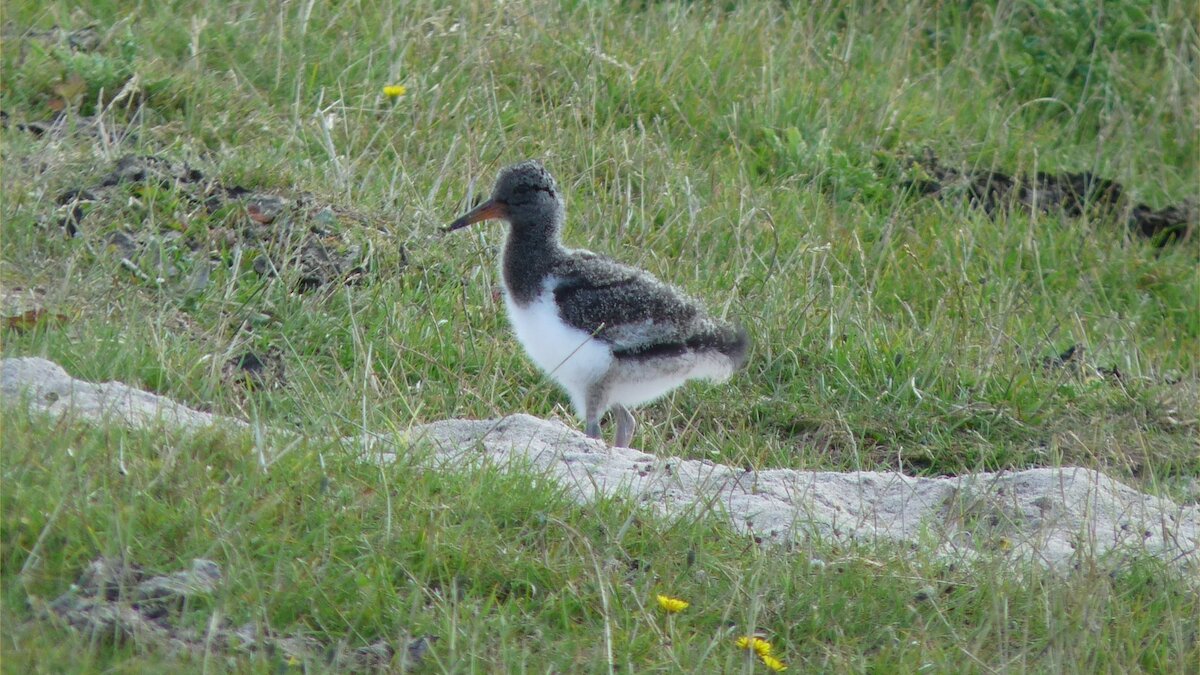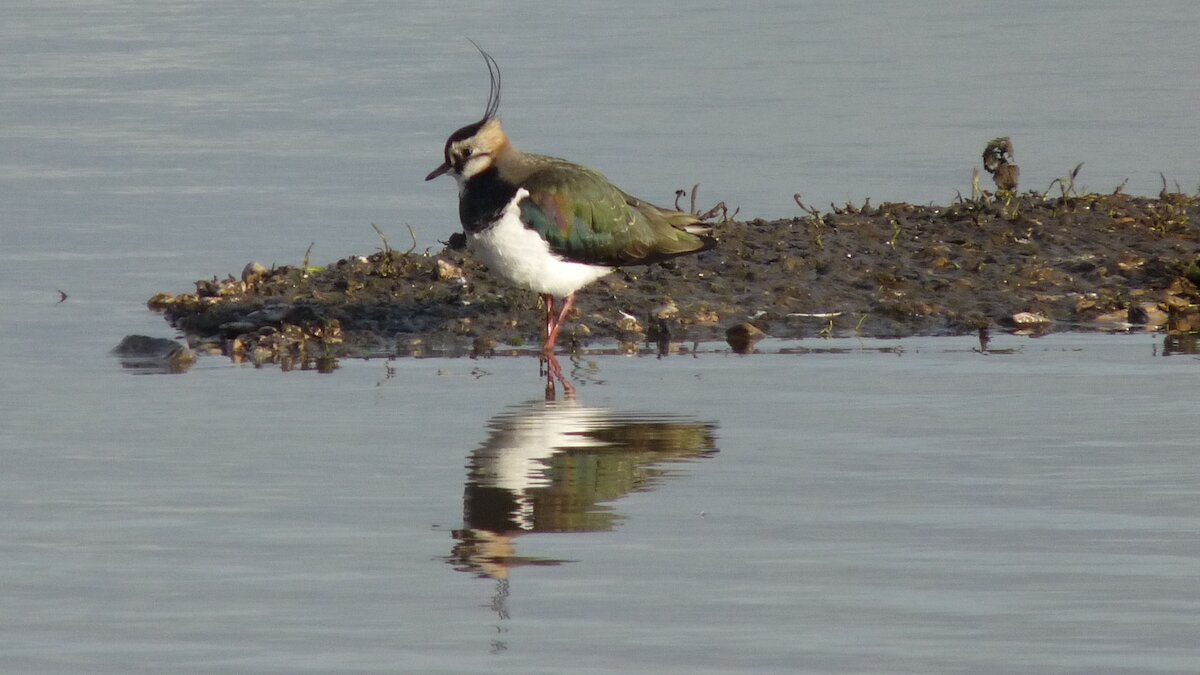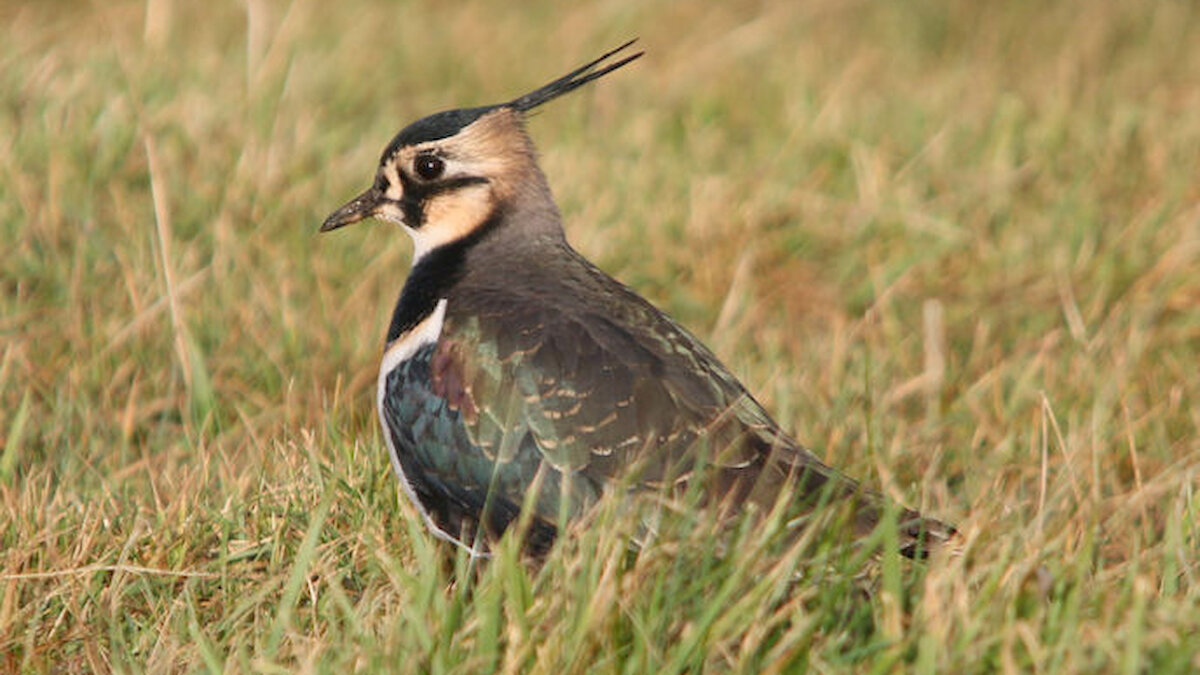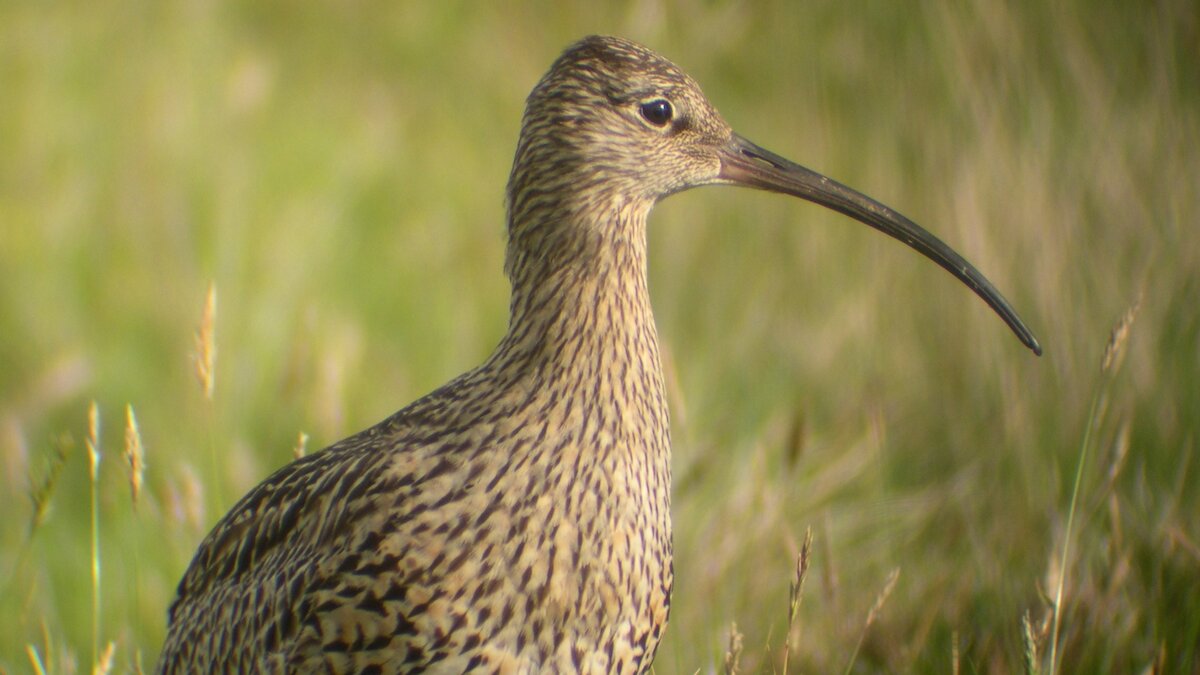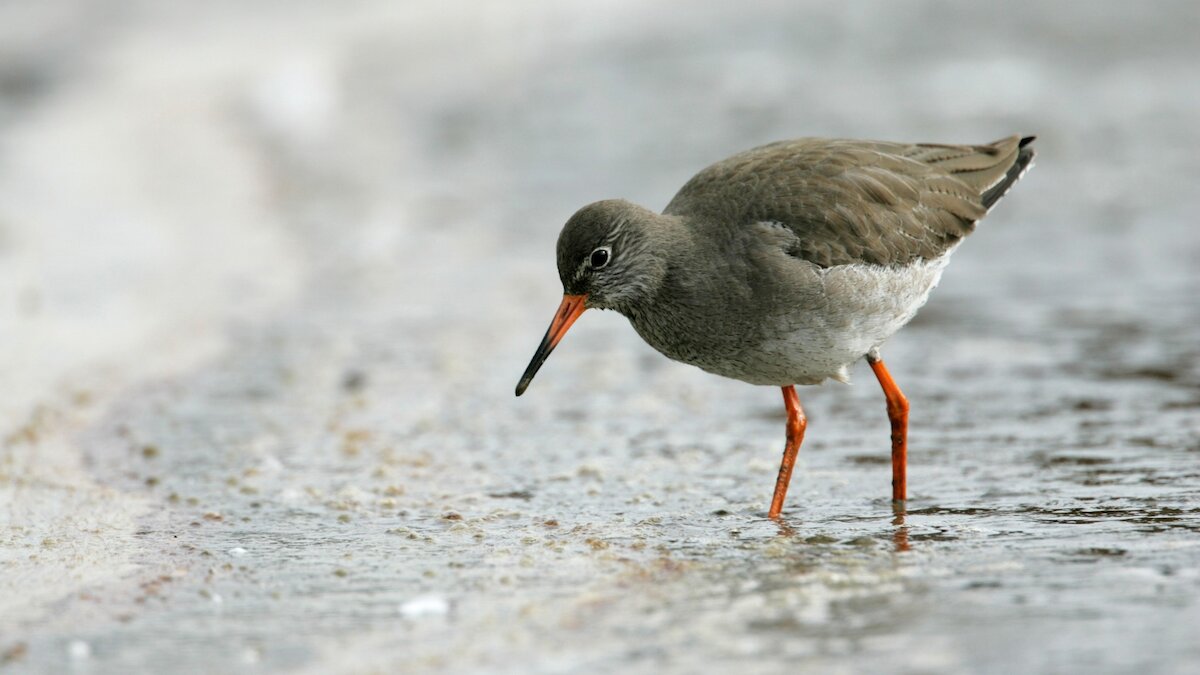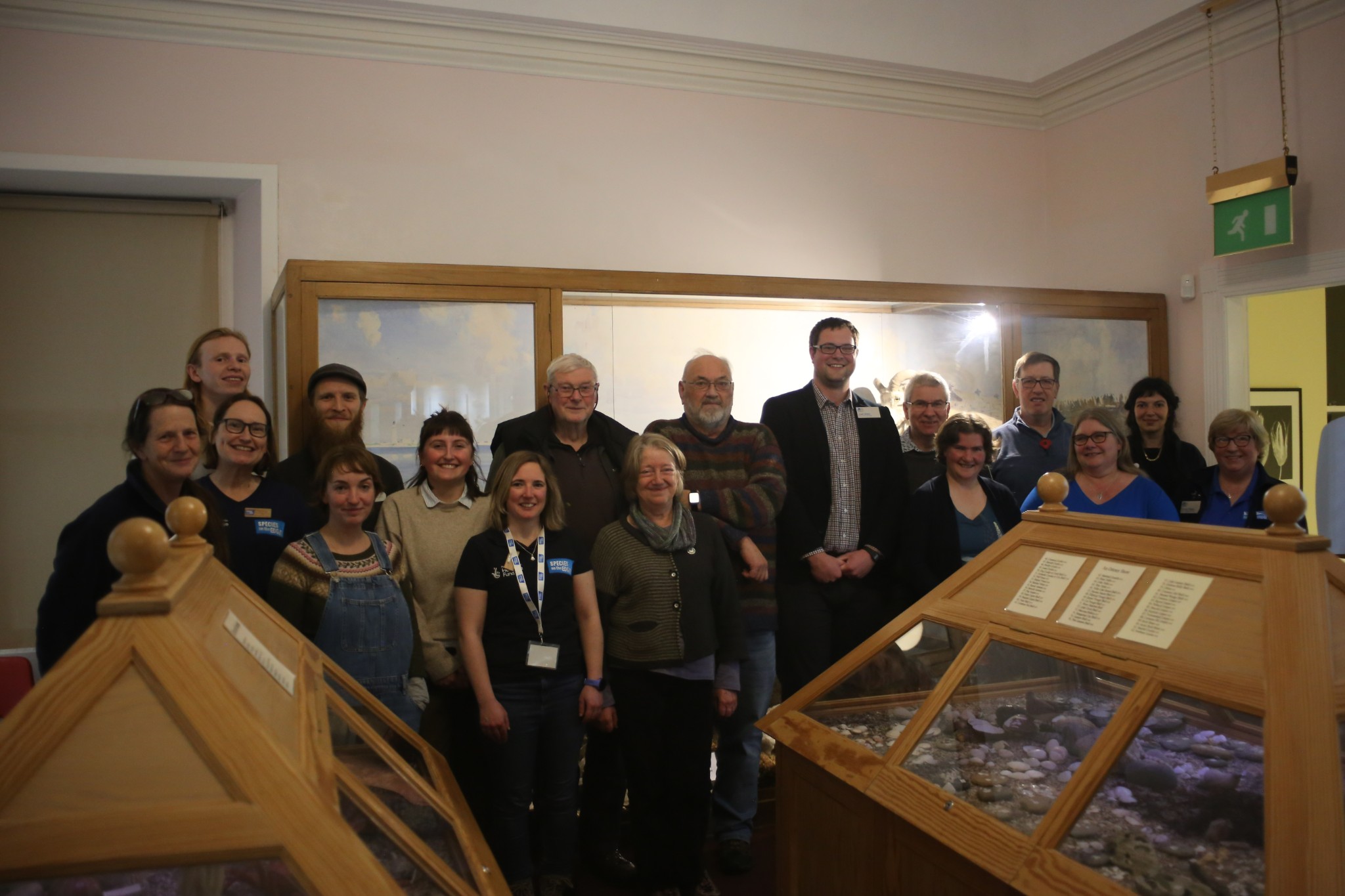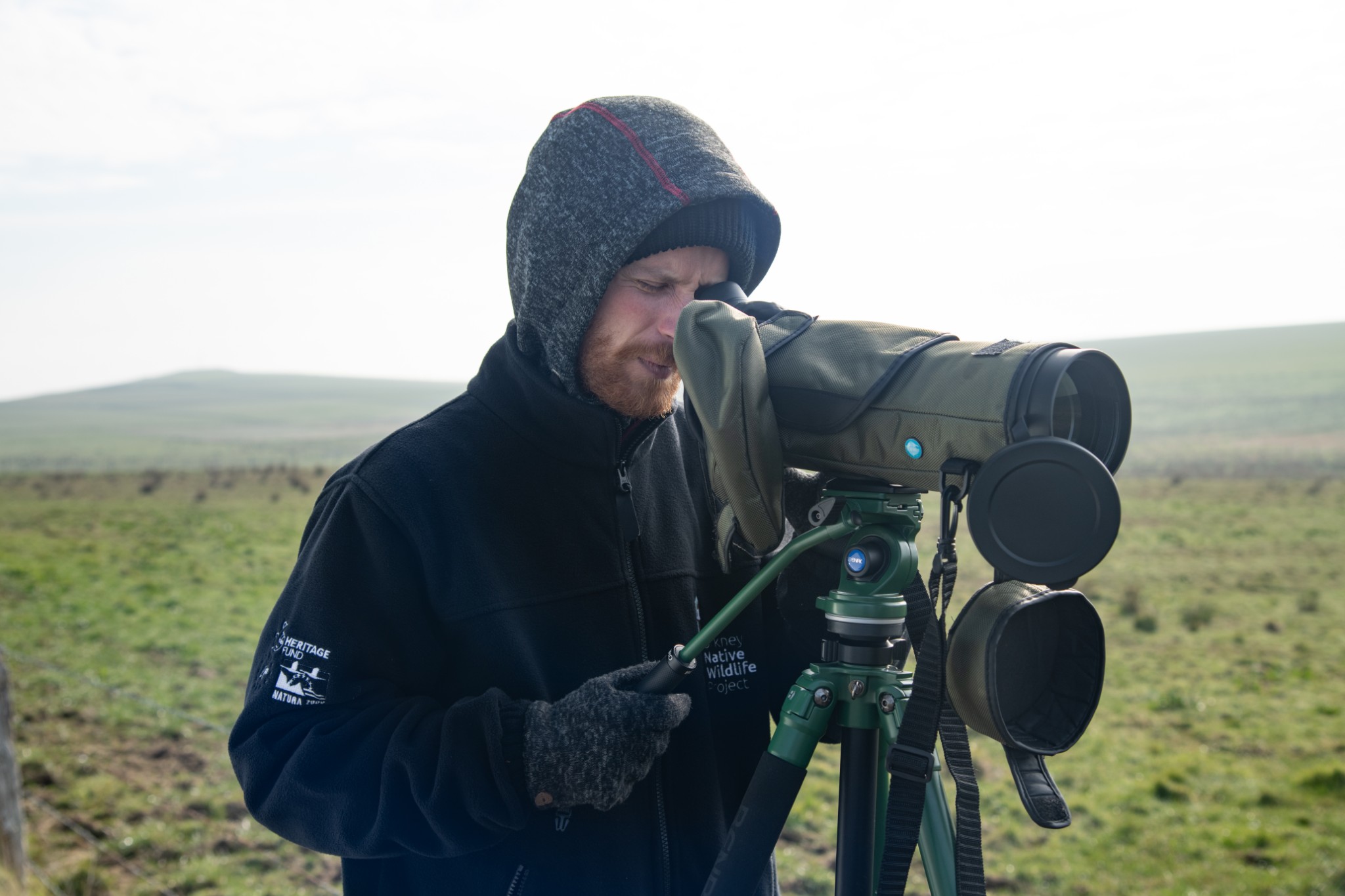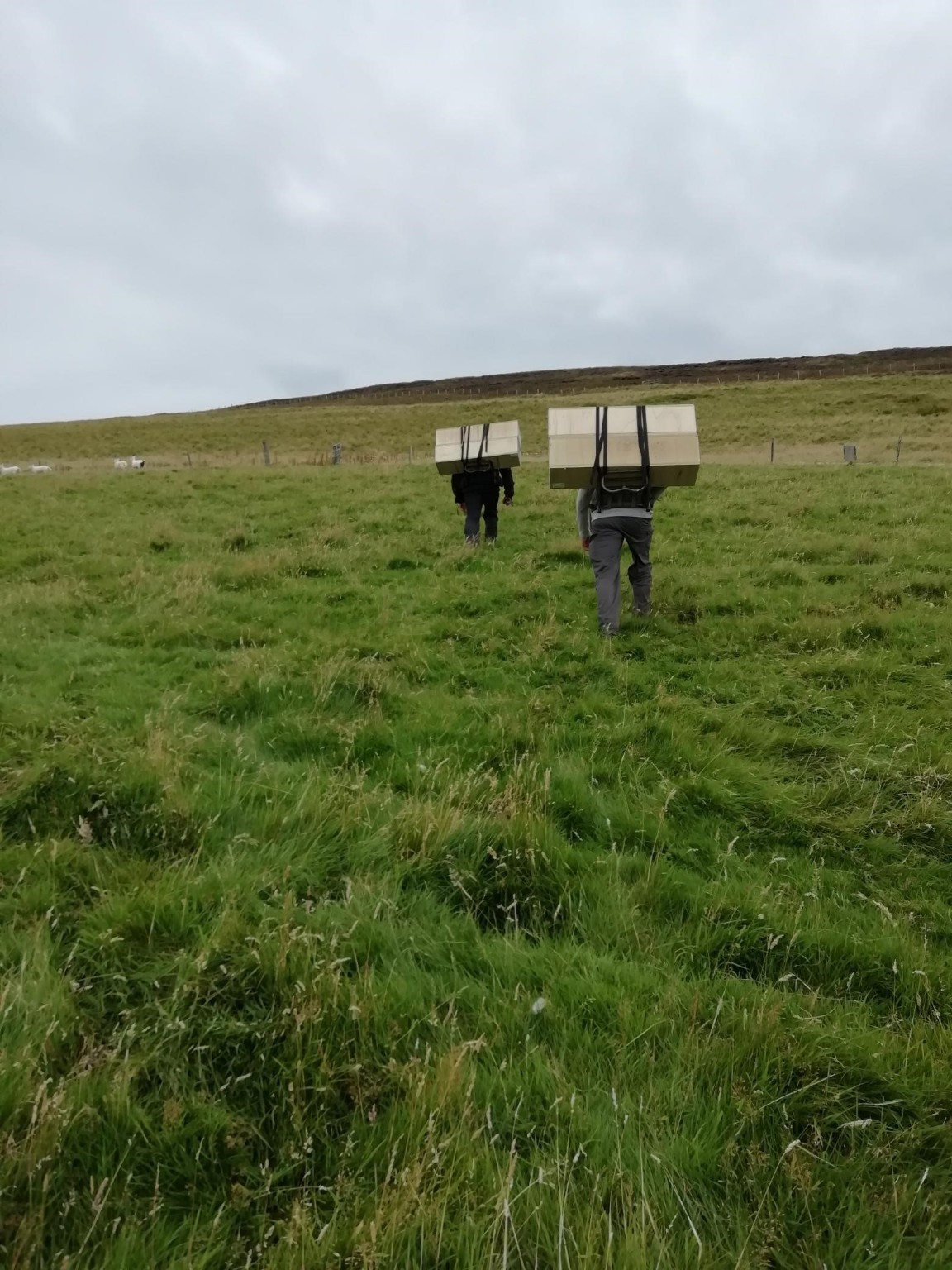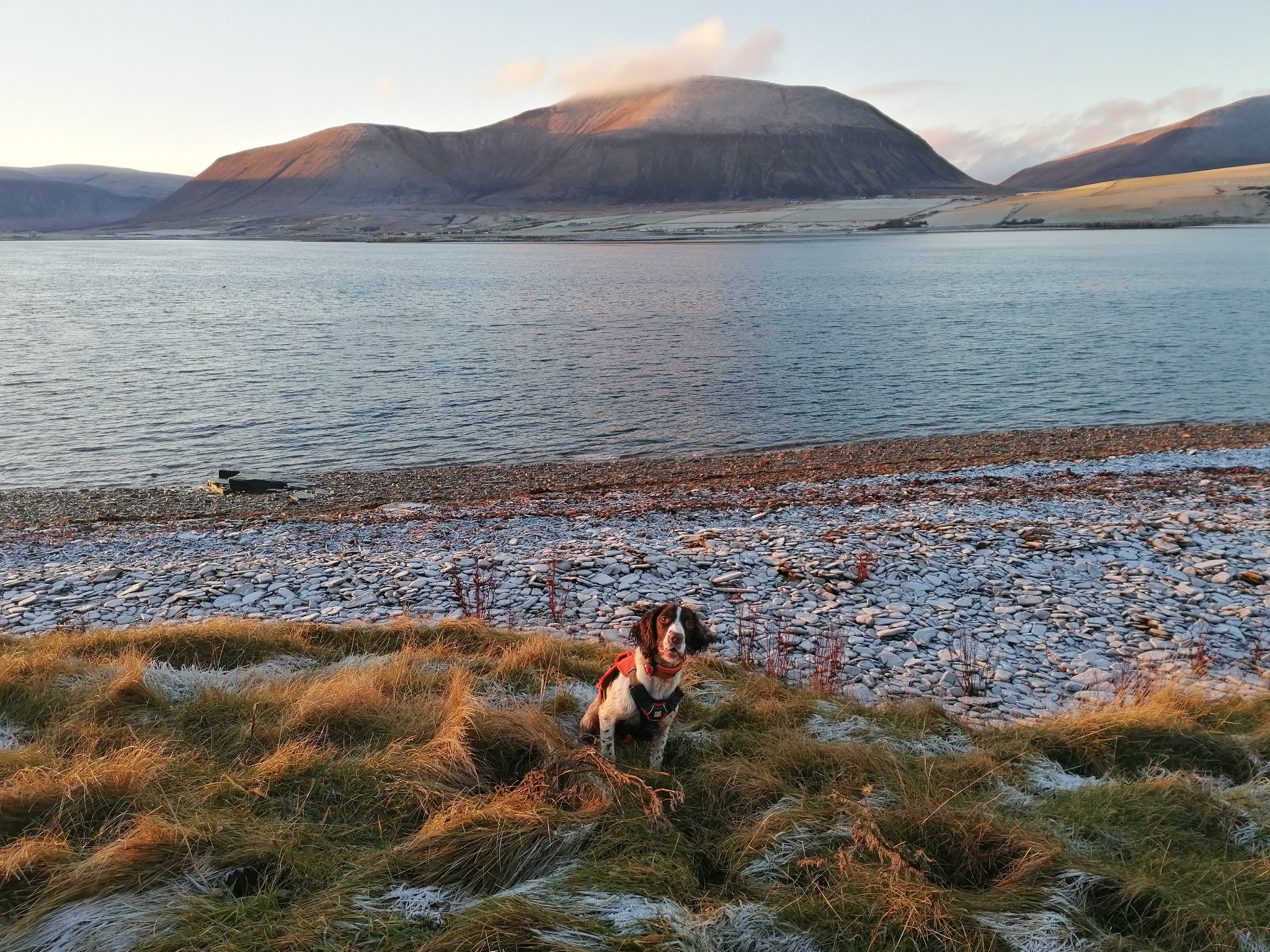It has been a busy time since our last blog update. We have applied for our next round of funding that, if granted, will allow us to finish the job of removing invasive non-native stoats from Orkney. Securing funding for a project as big and ambitious as this is always a complicated jigsaw. The project is talking to current funders and partners about the extension and possibilities for further funding and has applied for, and is exploring, other funding options. While there are limits to what can be said during the funding application process, the project is committed to being as open as possible about it. Community support is the backbone of the ONWP, and it is for this reason that we announced the need for extension and further funding ahead of searching to secure it. We will try to provide regular updates about how that search is going.
In other news, we had a fantastic time taking the Orkney Native Wildlife Project wader monitoring team on the road in September for Waderfest 2023. For this event we hosted local landowners and bird enthusiasts for a weekend of all things waders on North Ronaldsay and Papay (Papa Westray). We had the opportunity to look at the work that was being done by local landowners to improve their farmland for waders by digging ‘scrapes’ as well as provide the opportunity to show attendees how we monitor waders on their land and how they can help support our wader monitoring programme.
By conducting wader monitoring on both the mainland and the stoat-free outer isles we can compare the nest data and begin to see the impact that the project is having on mainland populations by removing stoats. This is a very important metric and by training more people to survey waders on the outer islands we can increase the amount of data we have to make this comparison.
We also recently hosted a joint volunteer celebration event with our RSPB Scotland and Species on the Edge counterparts. All volunteers were invited to Stromness Museum for a private viewing of the exhibits as well as a special awards ceremony for those who had volunteered for five years or more and were due their long service awards. It was a thoroughly enjoyable evening full of conversation, laughter and thanks for everyone’s hard work. This event was a small thank you for the 16,000 hours of time volunteers have donated since the project began.
Well, this year was an incredibly busy year for our monitoring team. Sophie led our team throughout the monitoring season and did a fantastic job of working with our volunteers and staff to ensure that we collected as much data as possible. At the end of the monitoring season, Sophie moved to our sister project Biosecurity for Scotland, where she is ensuring that Scotland’s important seabird islands remain invasive species free. If you would like to find out more about Biosecurity for Scotland, then click here. Closer to home our team of volunteers continued with their vole monitoring duties in September, searching across the county for signs of Orkney vole across 31 sites. It must be said that we really could not have done this year’s work without the combined effort of our residential volunteers, our short-term volunteers and our amazing local volunteers. To put all this hard work into context our volunteers have given us a combined total of 8500 hours of their time, and that is just within the monitoring team!
We have also recently said hello to our new Monitoring Officer, Matt Marsh. Matt has joined the team off the back of a couple of summers in Orkney, one working as a research assistant with the project and one monitoring the impact of avian flu on our seabird colonies. Outside of Orkney, Matt has spent time in South Georgia – an archipelago in the South Atlantic which has had great success at eradicating invasive predators to protect native birds – and worked in both the Arctic and the Antarctic. As such, Matt brings a wealth of research experience to the project and has started with just enough time to get his feet under the table, before the hectic wader monitoring season begins!
Looking ahead to 2024, we will be conducting population surveys of 95 Local Nature Conservation Sites. If you would be interested in helping with this mammoth task, then please do reach out to us via the volunteer with us button or click here.
As we head towards the tail end of the year, we can look back at what the team have achieved throughout the last 12 months. Since the start of 2023 the team have removed a grand total of 1,653 stoats. This is the accumulation of a lot of hard work from our team but also from the hundreds of you who have been reporting your stoat sightings through our website or on Facebook. These sightings reports have been especially useful in the East Mainland and the Linked Isles where throughout the breeding season the trap team have been responding to your reports and deploying special response traps. The team have also been working more closely with our detection dog team, who have been involved more in the eradication over the past year. Our furry colleagues are playing a key part in preparing for moving into the second phase of the eradication by helping the trap team track down and target individual stoats.
From your sightings and the dog searches we have conducted 85 responses which resulted in 128 stoats being removed. The intensity of this effort reflects the reduction in the density of the stoat population in East Mainland and Linked Isles. There is hope that we will be able to expand this methodology in the new year and that we will be rapidly responding to your sightings across Orkney not just in East Mainland. As ever if you see a stoat let us know as quickly as you can with an accurate location and direction you saw it going in. If you can include photo or video, then even better! Every sighting really does make a difference.
| May 2023 | June 2023 | July 2023 | August 2023 | Sept 2023 | Oct 2023 | Project total trap boxes*** |
New trap boxes deployed in the field | 178 | 287 | 193 | 137 | 144 | 168 | 7,851 |
Individual* trap checks | 10,143 | 8,287 | 8,244 | 9,591 | 9,434 | 10,320 | 382,361 |
Stoats caught** | 100 | 167 | 231 | 129 | 209 | 289 | 5,681 |
* Many trap boxes contain two traps.
** The stoats are killed using a type of lethal, humane trap – the DOC 200 – which is approved by the Spring Trap Approval Order for Scotland and the UK and meets the welfare standards defined by the Agreement on International Humane Trapping Standards (AIHTS).
*** Total statistics start date from 1 August 2019.
Since May through to the end of November we have also caught 2138 rats, 460 rabbits, 75 mice, 95 starlings, 35 voles, 10 frogs, 19 hedgehogs and one juvenile ferret. How a young ferret was on Birsay Moors, we do not know. They sometimes go missing when being worked in rabbit holes, but it’s also a well-known location for the disposal of unwanted pets. A juvenile ferret is similar in size to a stoat so can get in despite the wire ties. While we regret any kind of bycatch, an adult stoat must eat the equivalent of one Orkney vole every day just to maintain its body weight. As such, a small amount of bycatch unfortunately must be tolerated if we are to protect the populations as a whole.
The biosecurity team have been busy setting up our brand-new biosecurity hubs on some of our ‘high risk islands’. (High risk Islands are those within stoat swimming distance (3 km!) of the mainland or linked south isles). The biosecurity hubs are collections of incursion response equipment that will allow trained islanders to respond to any possible reports of stoats that we may receive.
These biosecurity response volunteers really are the front line in the defence of our stoat free islands. We know from experience elsewhere in the world how devastating stoat incursions can be and our new volunteers will be able to respond within the first 24 hours. Fast responses are essential and increase the chance of catching any would be invader before damage can be done.
Thankfully, there have been no confirmed incursions to stoat-free islands, but we must be vigilant.
Finally, we want to thank all of the landowners who generously allow us to carry out our activities on their land whether that be trapping, dog search or wildlife monitoring, we simply couldn’t do it without you! We now have over 970 land access agreements in place and this number continues to grow. Thanks must also go to the individuals whether locals or visitors that report stoats to us in their droves, this is a crucial tool, especially as stoat density is decreasing and there are fewer of them. And last, but not least, we want to say thank you again to all the project’s volunteers including those contributing to biosecurity responses to protect our islands from invasive non-native stoats.



